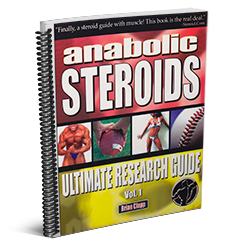Currently I weight 107 and I am 5'4.
Aim: To get tone and build a little bit of muscle everywhere.
Breakfast:
oatmeal with nonfat milk
H20
Make sure your using whole oats and not packet oatmeal with all the sugar. 1/2 cup dry should be plenty for you. Use water instead of milk; nonfat milk still has 12g sugar/cup and has a bloating effect. How about some protein here? Do you like eggs? I would suggest 1 whole egg, 2-3 whites.
or
Yogurt with fruits & OJ
Sugar sugar sugar. This is why you can't lose your belly fat! Each meal needs protein and either a good complex carb or a healthy fat
or
One bagel with low fat cream cheese
nonfat milk
Highly processed carb, and useless spread. Again, no protein here (not couting the milk since it should be dropped anyway)
Lunch:
Bake Chicken season with salt and pepper
Brown rice
Veggies
h20
Well, here you have a good meal. Careful with the salt; sodium causes awful water retention, moreso with women
Dinner:
Tilapia with brown rice
Veggies
h20
Depending on how late in the day this is, you might want to drop all carbs a few hours before bed. A good meal here would be the tilapia, veggies, and some olive oil drizzled over the veggies
I believe the main problem is I eat too much carbohydrate. Sometimes I skipped breakfast

I basically want the body of gina carano
I don't drink any carbohydrate beverages, caffeine and alcohol.





 Reply With Quote
Reply With Quote post it up for us, the more info we have the more we can give you
post it up for us, the more info we have the more we can give you

